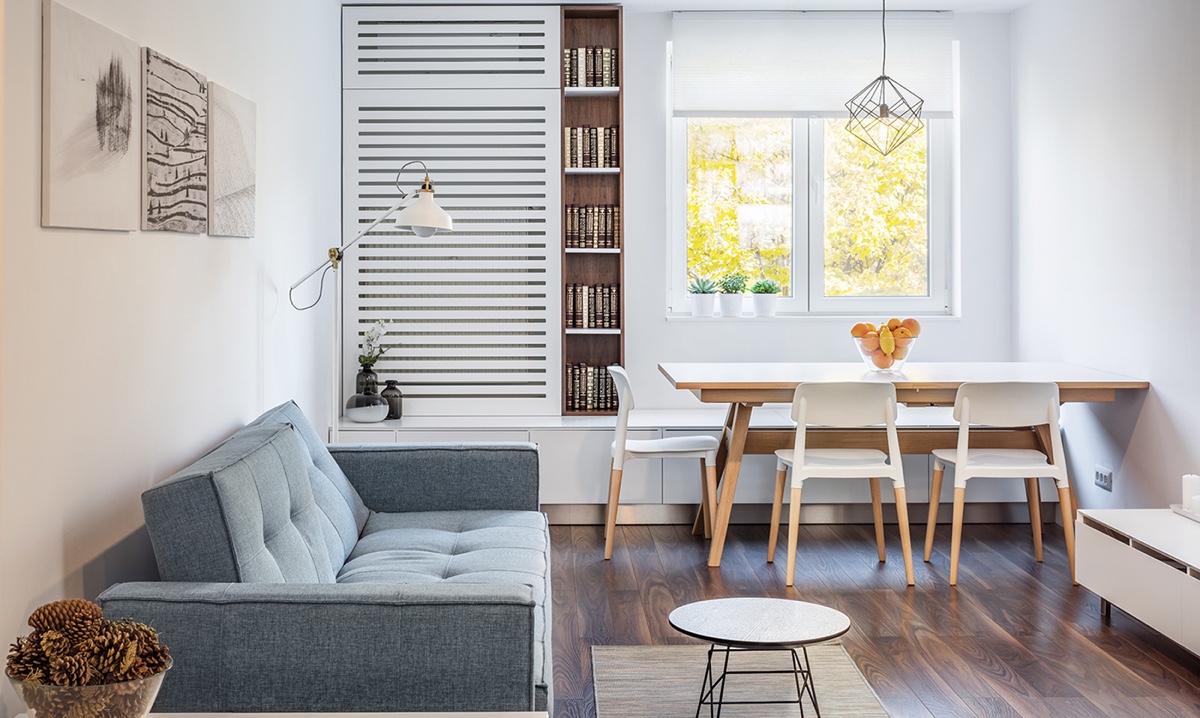

Articles
How To Place Dining Table In Living Room
Modified: August 29, 2024
Learn how to place a dining table in your living room with these helpful articles. Discover tips and ideas to optimize your space and create a stylish and functional layout.
(Many of the links in this article redirect to a specific reviewed product. Your purchase of these products through affiliate links helps to generate commission for Storables.com, at no extra cost. Learn more)
Introduction
Welcome to this comprehensive guide on how to place a dining table in your living room. Many homeowners face the challenge of fitting a dining area into their living space, especially if they have limited square footage or an open floor plan. However, with some careful consideration and planning, you can create a functional and aesthetically pleasing dining setup in your living room.
Having a dining table in your living room offers numerous benefits. It allows you to entertain guests more comfortably, enjoy meals in a cozy atmosphere, and creates a central gathering place for family and friends. The key to successful placement of a dining table lies in finding the perfect balance between functionality and style, while also considering the flow and overall design of your living room.
In this article, we will explore various factors to consider when placing a dining table in your living room. From determining the right size and shape of the table to coordinating it with other furniture and decor, we will cover everything you need to know to create a harmonious and inviting dining area.
So, let’s dive in and discover the secrets to successfully placing a dining table in your living room!
Key Takeaways:
- Create a harmonious dining area by considering the size, shape, and flow of your living room. Proper spacing and coordination with other furniture and decor elements are essential for a visually appealing and functional dining setup.
- Finalize the placement of your dining table by experimenting with different options and seeking feedback. Personalize the space to reflect your unique style and create a welcoming and comfortable dining area in your living room.
Read more: Where To Place Dining Table In Living Room
Consider the size and shape of your living room
The first step in placing a dining table in your living room is to carefully consider the size and shape of the space. This will help you determine what size and shape of dining table will work best in your layout.
Start by measuring the dimensions of your living room, taking note of any architectural features such as windows, doors, or pillars that may impact the placement of furniture. This information will give you a clear idea of the available space and help you choose a dining table that fits proportionally.
Consider the shape of your living room as well. Is it square, rectangular, or irregularly shaped? The shape of the room will influence the shape of the dining table that will work best. For example, a rectangular table is a good option for a long, narrow living room, while a round or square table can help balance a square-shaped room.
Also, think about the overall size of your living room. If you have a smaller space, opting for a drop-leaf or extendable dining table can be a smart choice. These tables can be expanded when needed and folded away when not in use, maximizing the available space in your living room.
Take into account the flow of foot traffic in your living room as well. You want to ensure that there is enough space for people to move around comfortably without bumping into the dining table. Consider leaving at least 36 inches of clearance around each side of the table to allow for easy movement.
By considering the size and shape of your living room, you can choose a dining table that fits harmoniously into the space and creates a balanced and functional layout. Let’s move on to the next step and determine the right placement for the dining table.
Determine the right placement for the dining table
Once you have considered the size and shape of your living room, it’s time to determine the ideal placement for your dining table. This step involves finding the right spot that not only fits well in the space but also enhances the overall design and functionality of your living room.
One popular placement option is to position the dining table against a wall. This layout works well in smaller living rooms, as it maximizes the available space. Placing the table against a wall allows for easy access and creates a defined dining area within the room. You can further enhance this setup by adding a mirror or artwork above the table to create a visually appealing focal point.
In larger living rooms, you have more flexibility in terms of placement. One option is to create a separate zone for dining by placing the table in the center of the room. This arrangement can create an elegant and spacious feel, especially when paired with a chandelier or pendant lighting above the table. However, make sure there is still enough space around the table for easy movement.
Another placement option is to integrate the dining table with other furniture in the living room. For example, you can position the table adjacent to the sofa or against a bookshelf, creating a cohesive and integrated look. This layout works well in open floor plans where you want to create distinct functional areas while maintaining a sense of unity in the overall design.
When determining the placement of your dining table, also consider the presence of natural light sources in your living room. Placing the table near a window can create a beautiful and inviting dining experience, as it allows you to enjoy the views and natural light while dining. However, be mindful of any direct sunlight that may cause glare or discomfort during meal times, and consider using window treatments to control the amount of light entering the space.
Finally, keep in mind the concept of balance and proportion when placing the dining table. Consider the size and scale of other furniture pieces in the living room and aim for a cohesive and well-balanced arrangement. Take into account the positioning of other key focal points, such as the television or fireplace, and make sure the placement of the dining table does not compete or disrupt the flow of the room.
By carefully considering the right placement for your dining table, you can create a visually pleasing and functional setup that enhances your living room’s overall design. Next, let’s move on to ensuring proper spacing around the dining table.
Ensure proper spacing around the dining table
When placing a dining table in your living room, it’s essential to ensure proper spacing around the table. This not only allows for comfortable movement but also creates a visually pleasing and well-balanced layout.
Start by considering the recommended clearance around the table. Allow at least 36 inches of space between the dining table and the walls or other furniture to ensure easy movement and comfortable seating. This clearance also gives a sense of openness and prevents the dining area from feeling cramped.
Next, think about the space needed for chairs. Ensure that there is enough room for chairs to be pulled out and for people to sit and move comfortably. If you have a larger dining table or plan to use armchairs, you may need to allow for additional space. Consider leaving around 24-36 inches of space between the dining table and the back of each chair.
Take into account the shape and size of the chairs you plan to use. If you have chairs with arms, make sure there is enough clearance for the arms to comfortably fit under the table. Similarly, if you have chairs with a wider footprint, consider leaving more space around the table to prevent them from feeling cramped.
Consider the flow of foot traffic around the dining table as well. Ensure that there is enough space for people to easily move around the table without bumping into walls or other furniture. This is especially important if your living room serves as a throughway or if there are other functional areas nearby.
While it’s crucial to allow for proper spacing around the dining table, be mindful of creating a balance between open space and a cozy atmosphere. Too much space can make the dining area feel disconnected from the rest of the living room, while too little space can feel cramped. Aim for a harmonious balance that accommodates movement and seating while maintaining a warm and inviting ambiance.
Lastly, consider the visual aesthetics of the spacing around the dining table. Pay attention to the overall proportions and symmetry in the room. If you have other furniture or decor items nearby, ensure that they are appropriately placed to create a visually pleasing arrangement. Additionally, consider the height and scale of any lighting fixtures above the table to ensure they don’t obstruct the sightlines or feel too overpowering.
By ensuring proper spacing around the dining table, you can create a comfortable and visually appealing dining area in your living room. Next, let’s explore how to coordinate the dining table with other furniture and decor in the living room.
When placing a dining table in the living room, consider the flow of traffic and ensure there is enough space for chairs to be pulled out comfortably. Position the table near the kitchen for easy serving access.
Coordinate the dining table with other furniture and decor in the living room
When placing a dining table in your living room, it’s important to coordinate it with other furniture and decor to create a cohesive and well-designed space. This step ensures that the dining area seamlessly blends with the rest of the room, enhancing its overall aesthetic appeal.
Start by considering the style and theme of your living room. If you have a modern and minimalist decor, opt for a dining table that reflects the same sleek and clean lines. On the other hand, if your living room has a more traditional or rustic atmosphere, consider choosing a dining table with classic or rustic elements.
Consider the material and finishes of the dining table. If you already have wooden furniture in your living room, selecting a dining table in a matching or complementary wood tone can create a sense of unity. Alternatively, you can also opt for a contrasting material or finish to add visual interest and diversity to the space.
Think about the color palette of your living room and how it can be incorporated into the dining table. If you have a neutral color scheme, you can introduce pops of color through the dining chairs or table linens. Conversely, if your living room is already vibrant and colorful, a more neutral dining table can help balance the overall visual composition.
Pay attention to the scale and proportion of the dining table in relation to other furniture pieces in the living room. Aim for a balanced arrangement where the dining table neither dominates the space nor gets overshadowed by larger furniture items. Consider the height of the dining table as well and ensure that it aligns with the seating height of chairs or benches.
Consider the lighting fixtures above the dining table and how they contribute to the overall ambiance of the living room. A pendant light or chandelier can serve as a stunning focal point, adding an elegant touch to the dining area. Make sure the style and scale of the lighting fixture align with the overall aesthetic of the room and the dining table.
Add thoughtful accents and decor accessories to enhance the visual appeal of the dining area. This could include a centerpiece on the table, such as a vase of fresh flowers or a decorative bowl, to add a touch of elegance and create a focal point. Incorporate complementary wall art or mirrors that enhance the style and atmosphere of the room.
By coordinating the dining table with other furniture and decor in your living room, you can create a cohesive and stylish space that seamlessly integrates the dining area into the overall design. Our next consideration is to think about the flow and functionality of the room.
Read more: Where To Place A Dining Table
Consider the flow and functionality of the room
When placing a dining table in your living room, it’s crucial to consider the flow and functionality of the space. This step ensures that the dining area is well-integrated into the room and serves its purpose effectively.
Start by thinking about how the dining area fits into the overall flow of the living room. Consider the path of foot traffic and make sure that the placement of the dining table does not obstruct the natural flow. It’s important to maintain easy access to other areas of the room, such as seating areas, doorways, or other functional zones.
Consider the proximity of the dining area to the kitchen or any adjoining rooms. Placing the dining table near the kitchen can make serving and cleanup more convenient, as well as encourage social interaction between the cook and guests. If your living room is connected to other areas, such as a formal dining room or a patio, ensure a seamless transition between spaces.
Think about the functionality of the dining area within the living room. Will it primarily be used for everyday meals, family gatherings, or hosting dinner parties? This consideration will help determine the size and seating capacity of the dining table. If you frequently entertain guests, opting for a larger table or one with extendable options can be beneficial.
Ensure that there is enough space around the dining table for guests to comfortably pull out their chairs and move around. This allows for easy seating and contributes to the overall comfort of the dining experience. Adequate space also facilitates conversations and ensures that guests can freely navigate the space without feeling cramped.
Consider the storage and functionality needs of the dining area. If your living room lacks storage space, choosing a dining table with built-in storage options, such as drawers or shelves, can be a smart choice. This allows you to keep extra linens, tableware, or other dining essentials easily accessible while maximizing the use of space.
Think about the positioning of lighting fixtures above the dining table. Adequate lighting is essential for creating a welcoming and functional dining area. Consider installing dimmable lights to set the mood for different occasions. Additionally, ensure that the lighting does not obstruct sightlines or create glare on the table surface.
By considering the flow and functionality of the room, you can ensure that the dining area in your living room serves its purpose effectively and seamlessly integrates with the overall design. Now, let’s move on to finalizing the placement of the dining table in your living room.
Finalize the placement of the dining table in your living room
After carefully considering the size, shape, spacing, coordination, flow, and functionality of your living room, it’s time to finalize the placement of your dining table. This step involves making the necessary adjustments and ensuring that everything comes together harmoniously.
Take a step back and visually assess the placement of the dining table. Consider how it fits within the overall layout of the living room and whether it aligns with your vision for the space. Keep in mind the key factors discussed earlier, such as the size and shape of the table, the spacing around it, and its coordination with other furniture and decor elements.
If you’re unsure about the placement, consider experimenting with different options before making a final decision. You can use painter’s tape or placeholders to visualize the dining table in different positions. This allows you to get a better sense of how it will impact the flow and aesthetics of the living room.
Think about the practical aspects of the placement as well. Is the dining table easily accessible for setting and clearing the table? Are there any obstructions or safety concerns to consider? Ensure that the placement of the dining table allows for a smooth and functional dining experience.
Consider seeking the opinions of others, such as family members or friends, who regularly visit or use the living room. They may provide valuable insights or suggestions that you may have overlooked. Remember, creating a welcoming and comfortable space for everyone to enjoy is the ultimate goal.
Once you have finalized the placement of the dining table, make any necessary adjustments to the surrounding furniture and decor. Ensure that everything is properly aligned and visually balanced. Pay attention to details such as the positioning of chairs, the arrangement of table settings, and any additional accessories that enhance the overall aesthetic.
Remember, your living room is a reflection of your personal style and preferences. Don’t be afraid to infuse your unique taste and personality into the placement of the dining table. Whether it’s through the choice of materials, colors, or decorative elements, let your creativity shine through to create a space that you truly love.
By finalizing the placement of the dining table in your living room, you can achieve a well-designed and functional dining area that seamlessly integrates with the overall decor. With some careful thought and consideration, you can create a space that brings joy, comfort, and functionality to your home.
Now, it’s time to take the final step and enjoy the beautiful dining experience that you have created in your living room. Cheers to many memorable meals and gatherings to come!
Conclusion
Placing a dining table in your living room can transform your space and enhance your overall dining experience. By carefully considering factors such as the size and shape of your living room, determining the right placement, ensuring proper spacing, coordinating with other furniture and decor, and considering the flow and functionality of the room, you can create a beautiful and functional dining area.
Remember, the key to successful placement is finding a balance between functionality and style. It’s important to choose a dining table that fits well in the available space while also complementing the design of your living room. Proper spacing around the table allows for comfortable movement and seating, contributing to the overall comfort of the dining area.
Coordinating the dining table with other furniture and decor elements creates a cohesive and visually appealing space. Pay attention to the materials, colors, and finishes to ensure a harmonious design. Consider the flow and functionality of the room, including the proximity to the kitchen and the ease of movement within the space.
Once you have carefully considered these factors, it’s time to finalize the placement of the dining table. Experiment with different options, seek other opinions, and make any necessary adjustments to create the perfect placement. Personalize the space by adding your unique touch through choice of materials, colors, and decor accessories.
In conclusion, with thoughtful planning and attention to detail, you can successfully place a dining table in your living room and create a stunning and functional dining area. Whether you have a small space or an open floor plan, there are plenty of options and configurations that can work for your unique needs and style.
Enjoy the process of transforming your living room into a welcoming and inviting space, where you can gather with loved ones and enjoy delicious meals together. A carefully placed dining table can be the centerpiece of your living room, providing a beautiful and functional space for memorable moments and conversations.
So go ahead, take the knowledge and insights from this guide, and start designing your dream dining area in your living room. Cheers to creating a space that nourishes both the body and the soul!
Now that you've got the scoop on placing your dining table in the living room, why not fine-tune your entire living space for maximum style and efficiency? For those keen on creating a harmonious environment, our guide on arranging living room furniture offers ten essential rules that promise to transform your space. Discover practical strategies to optimize layout and flow, ensuring every piece complements the others beautifully.
Frequently Asked Questions about How To Place Dining Table In Living Room
Was this page helpful?
At Storables.com, we guarantee accurate and reliable information. Our content, validated by Expert Board Contributors, is crafted following stringent Editorial Policies. We're committed to providing you with well-researched, expert-backed insights for all your informational needs.
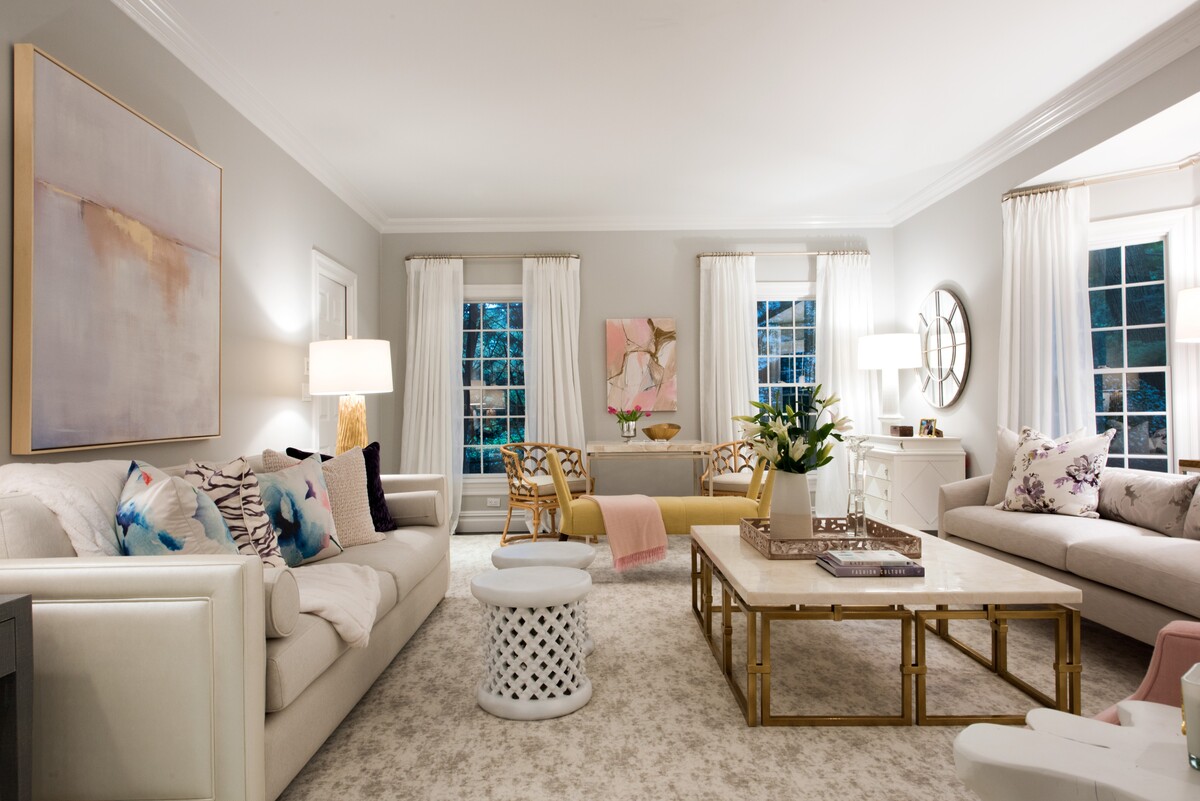
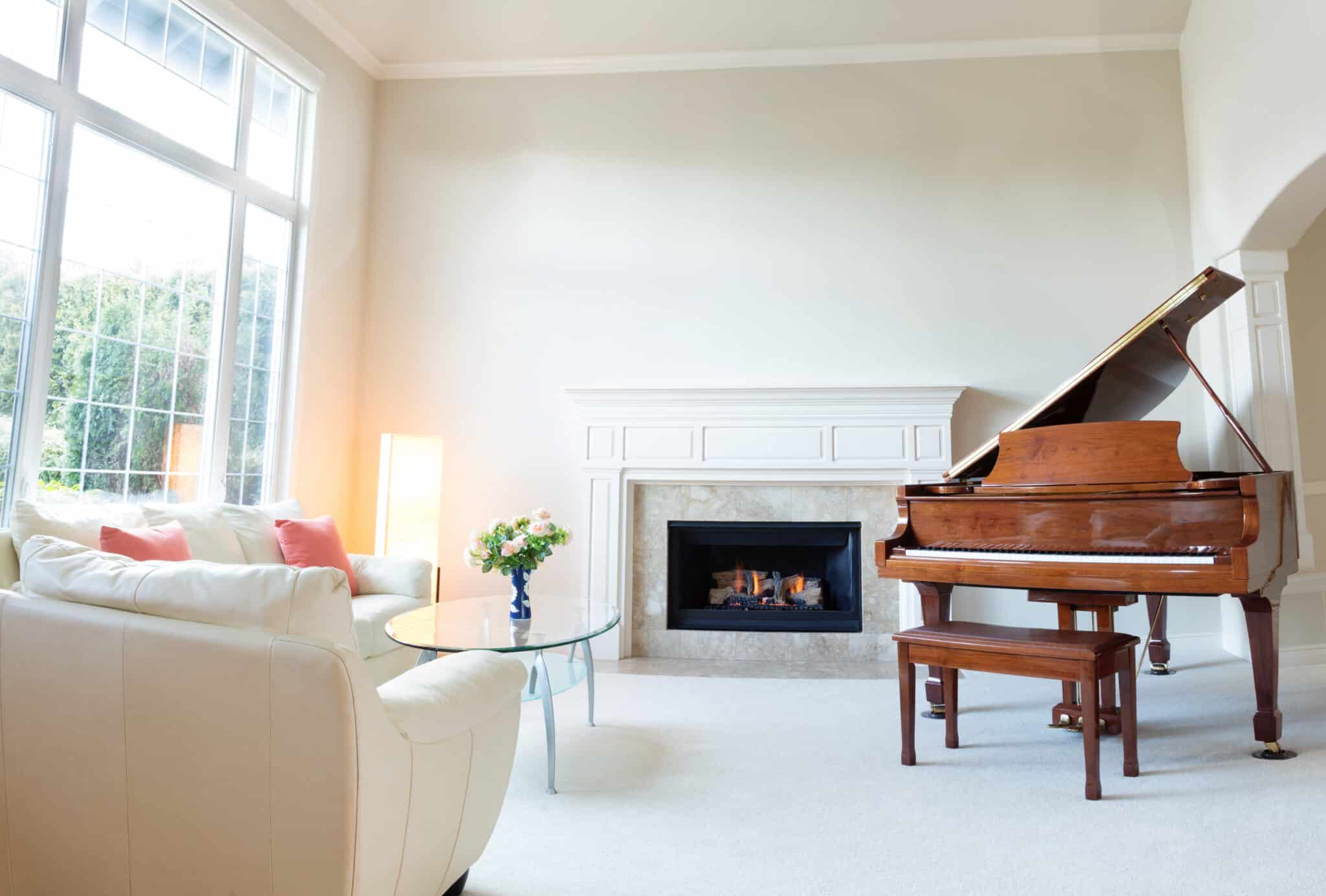
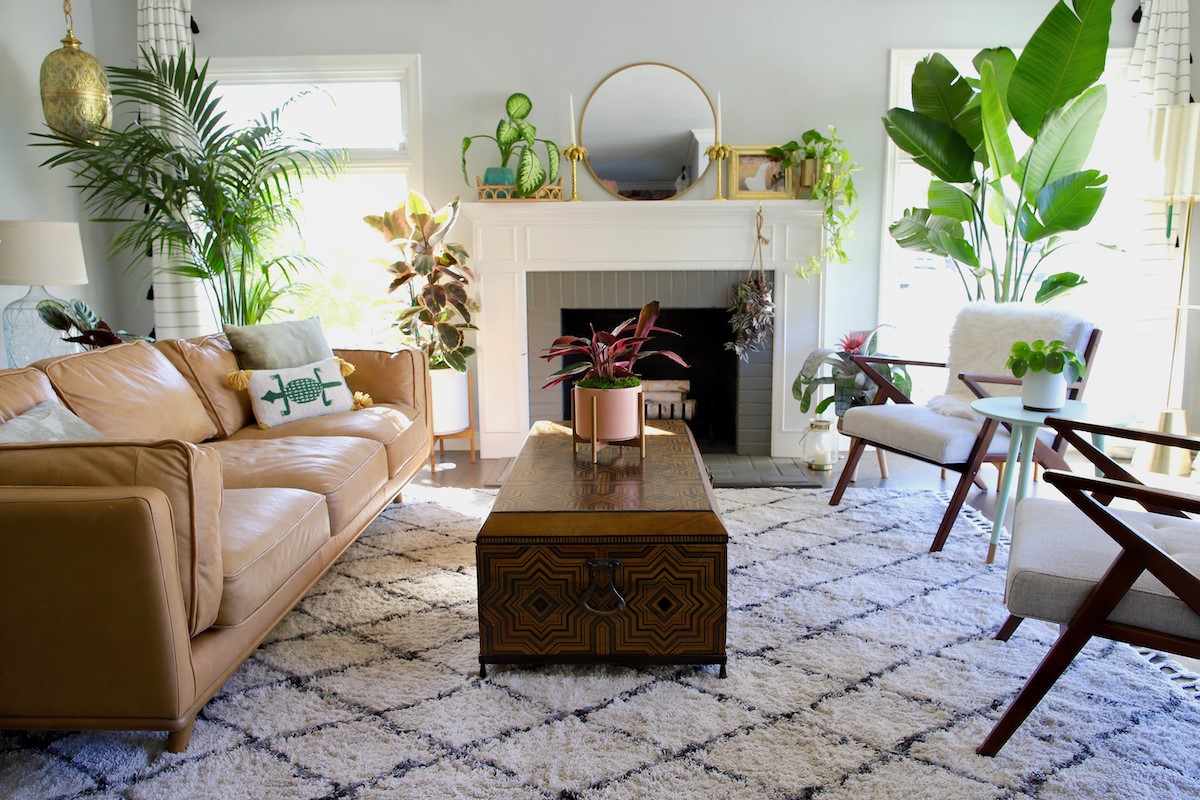
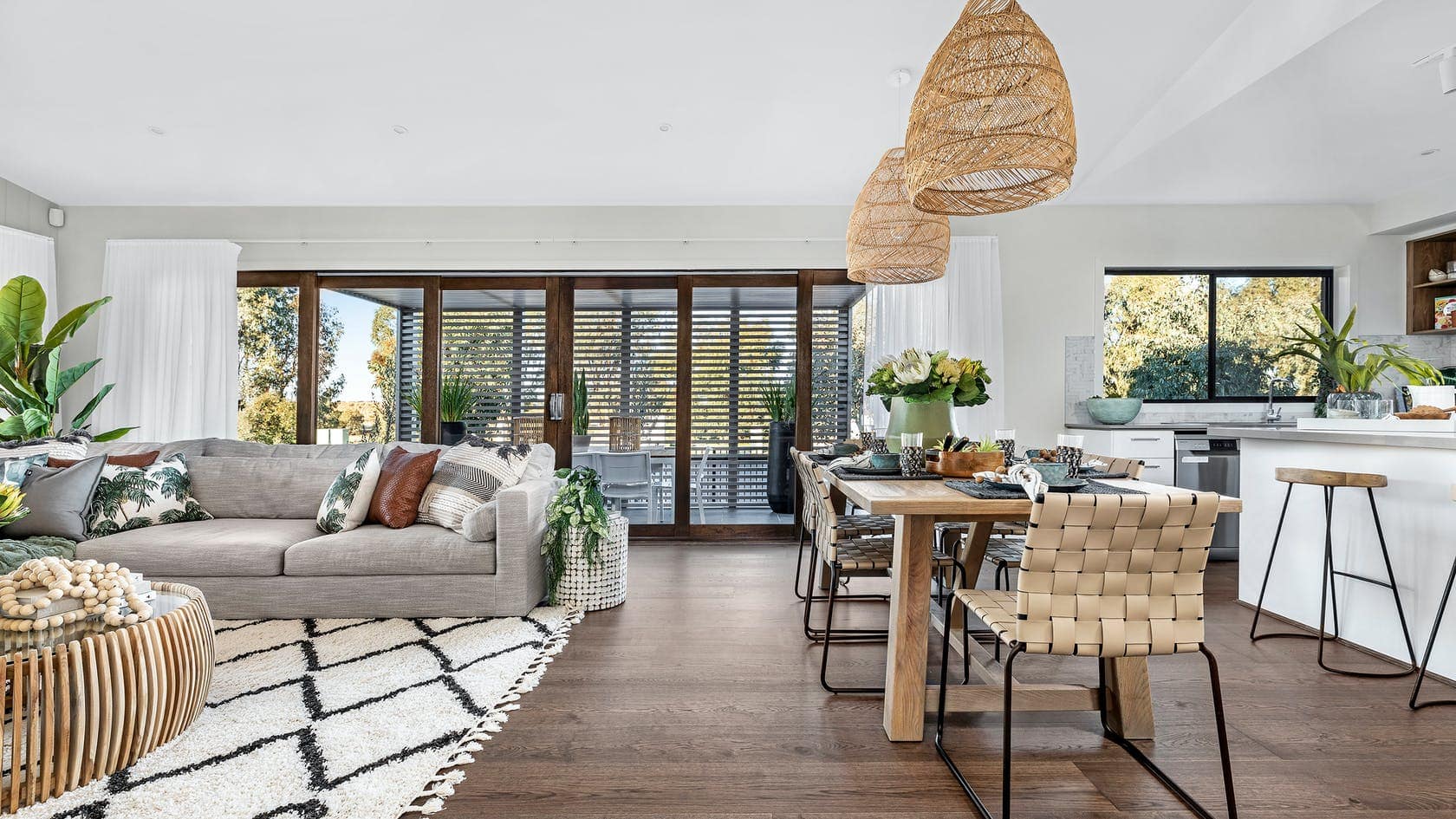

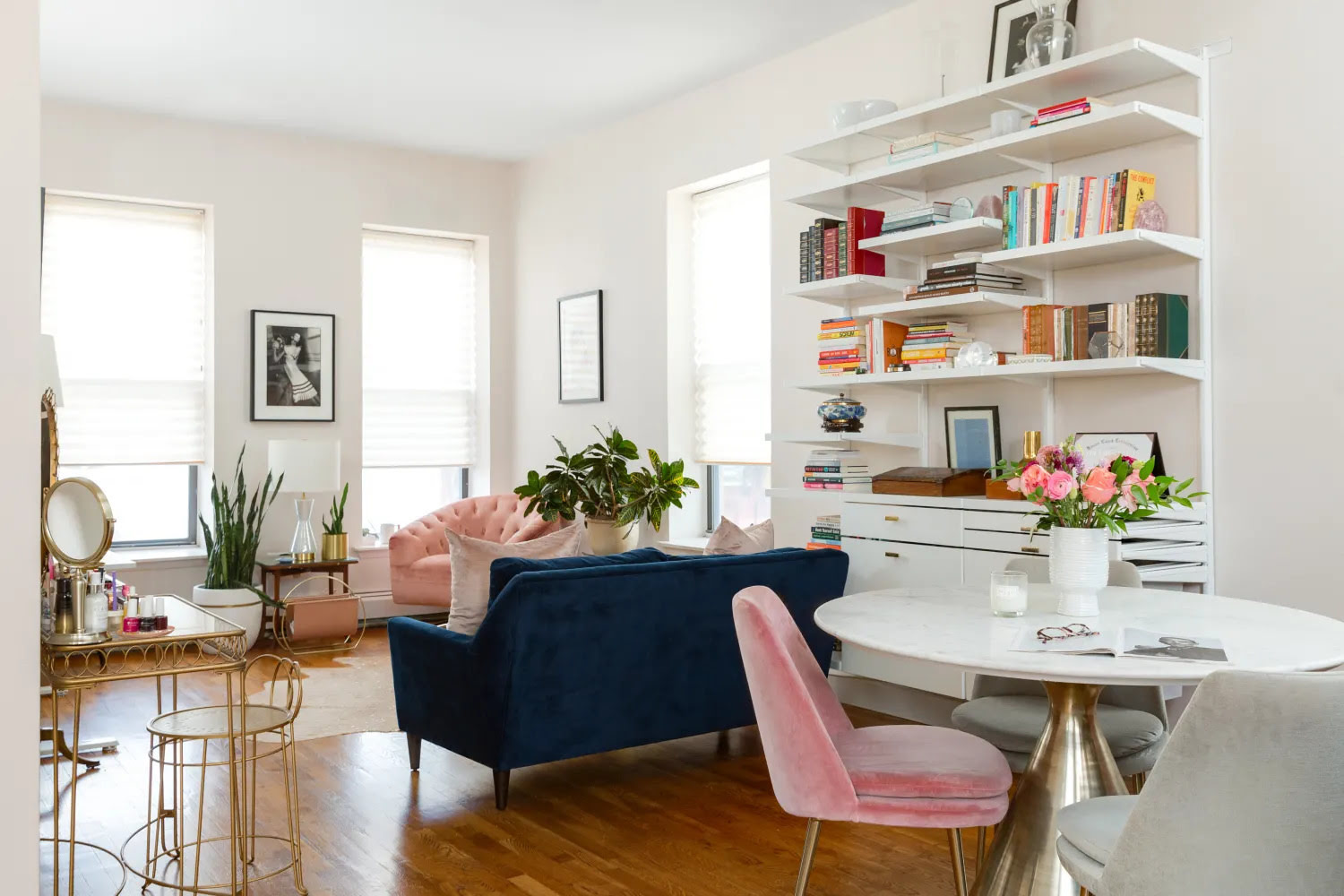
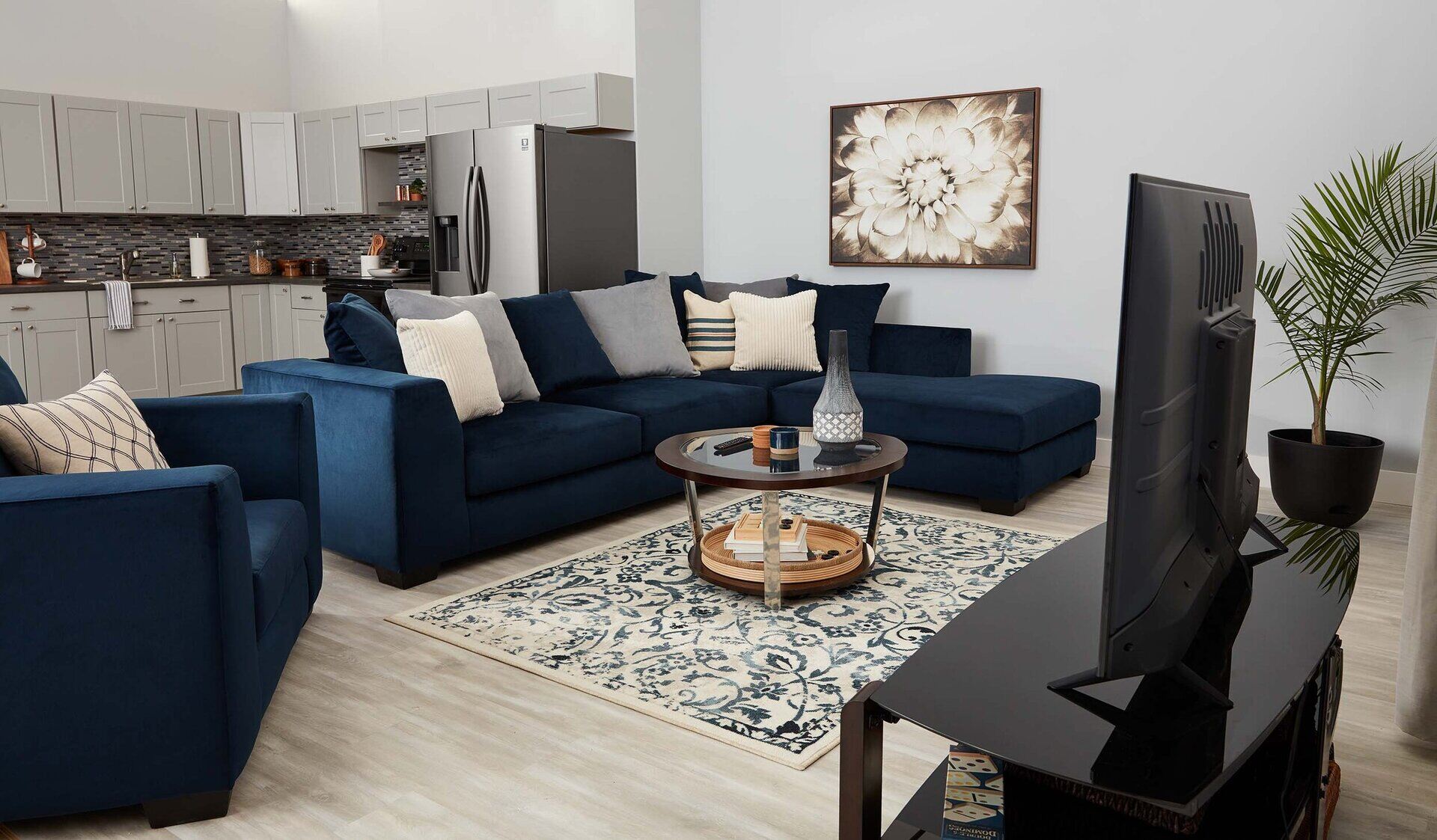

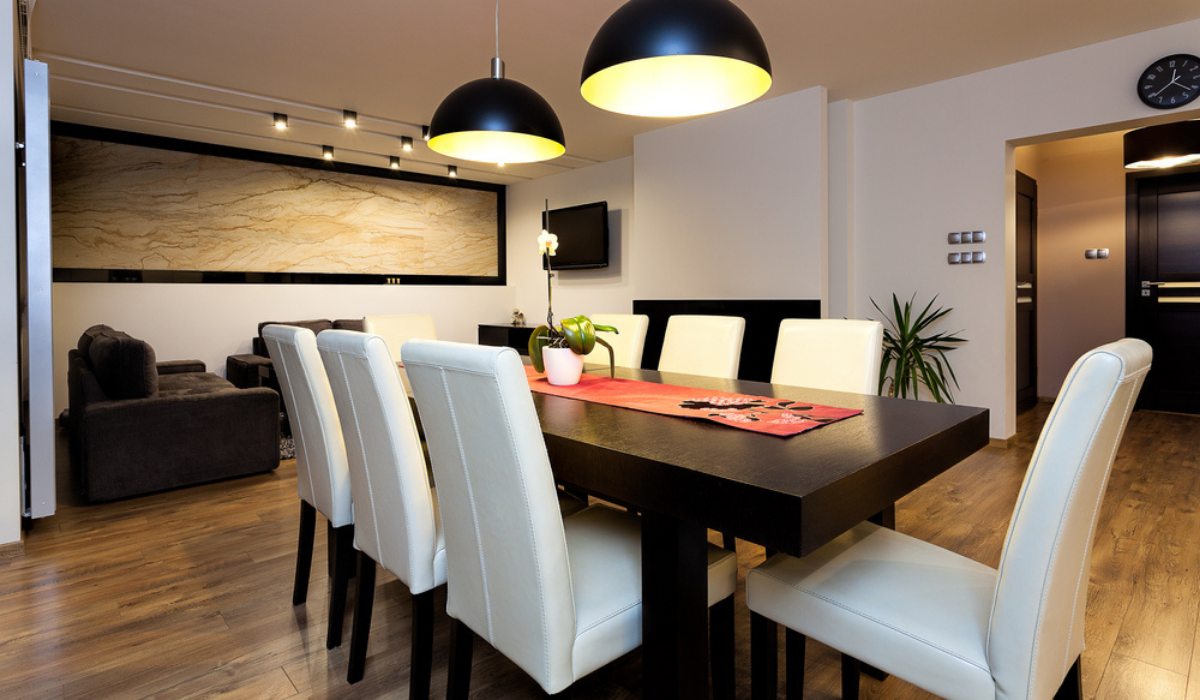
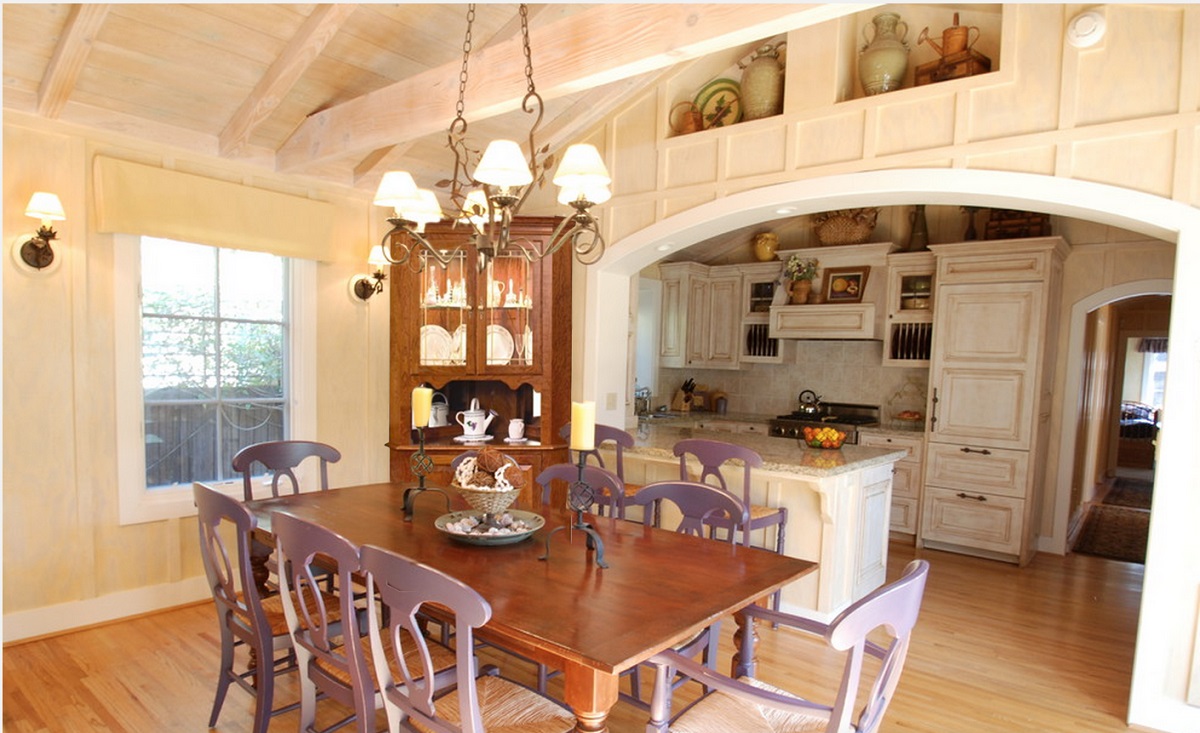
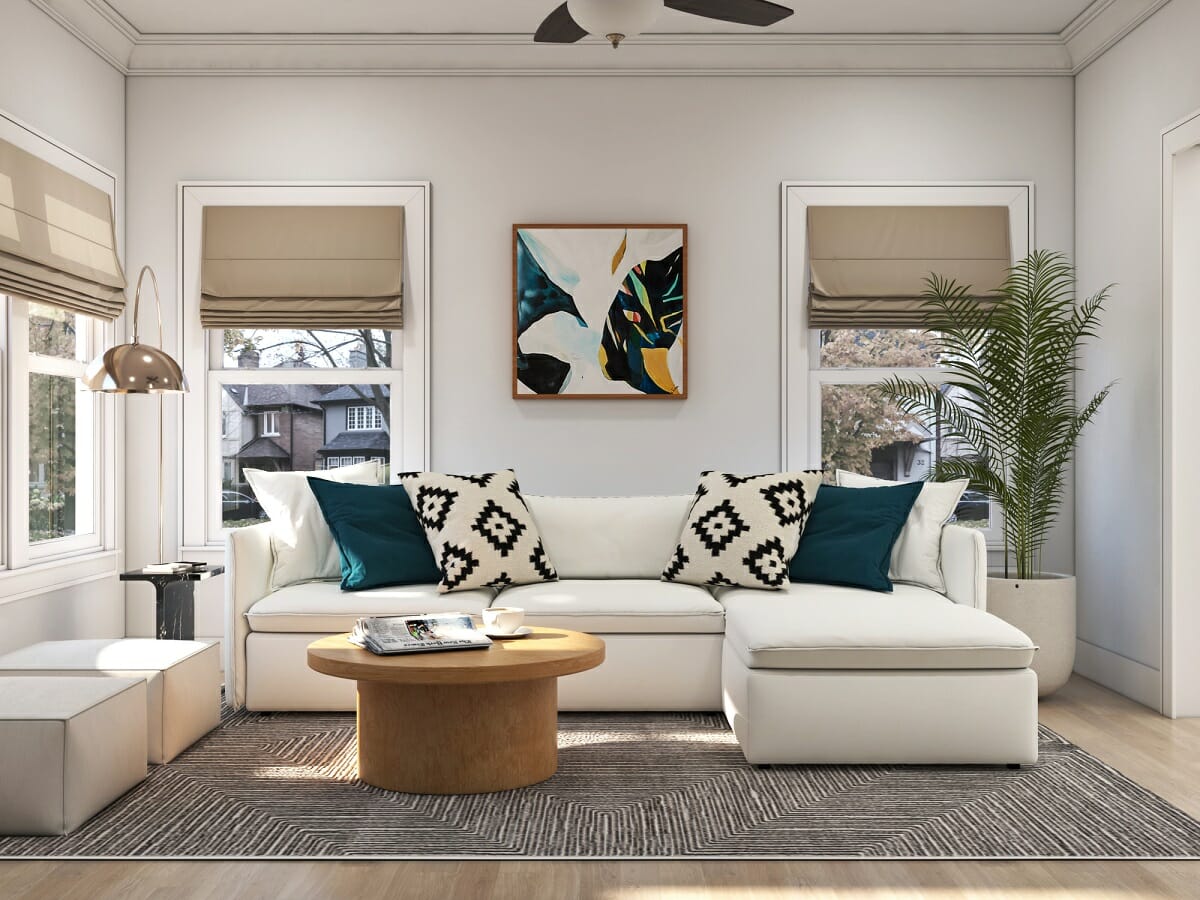
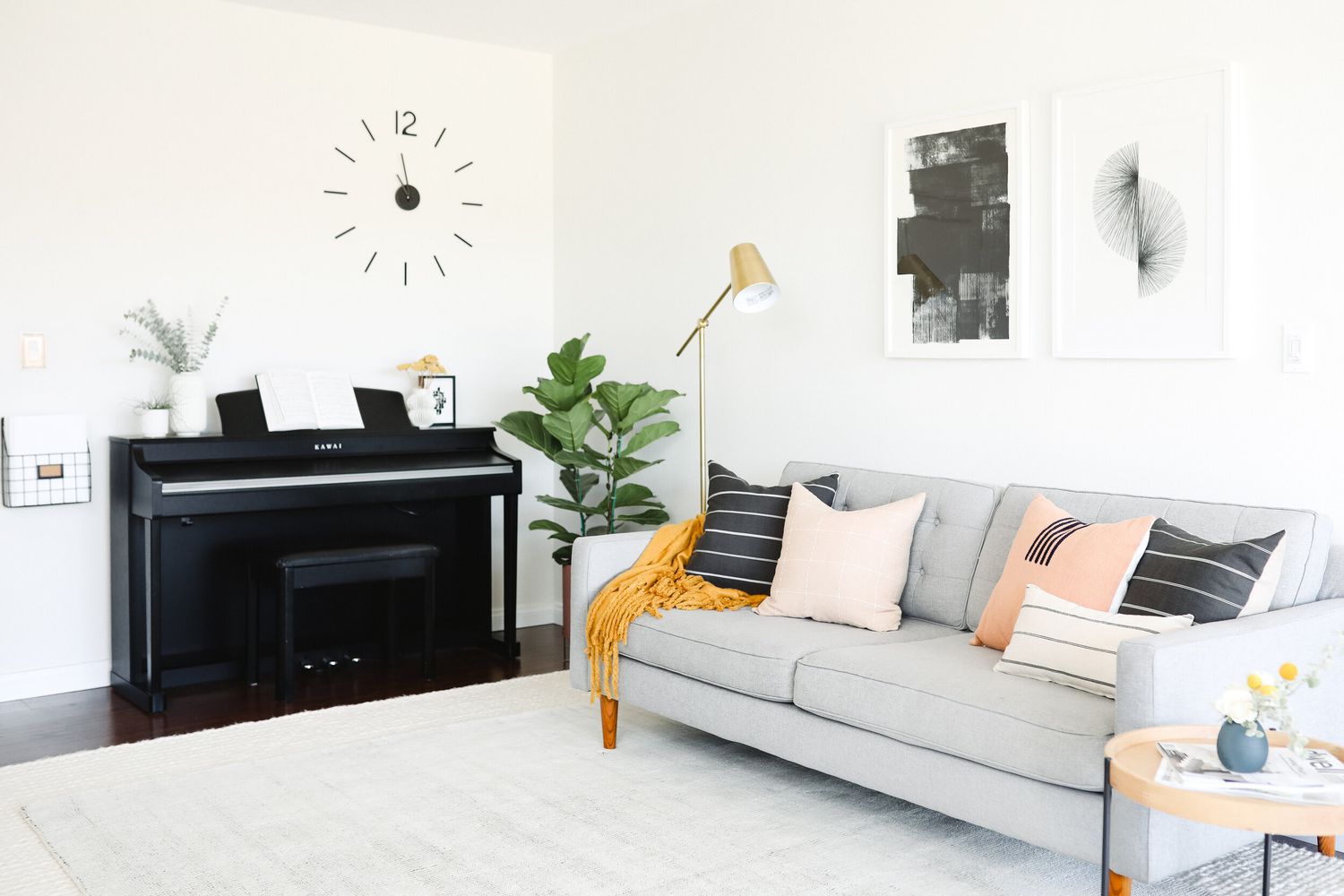
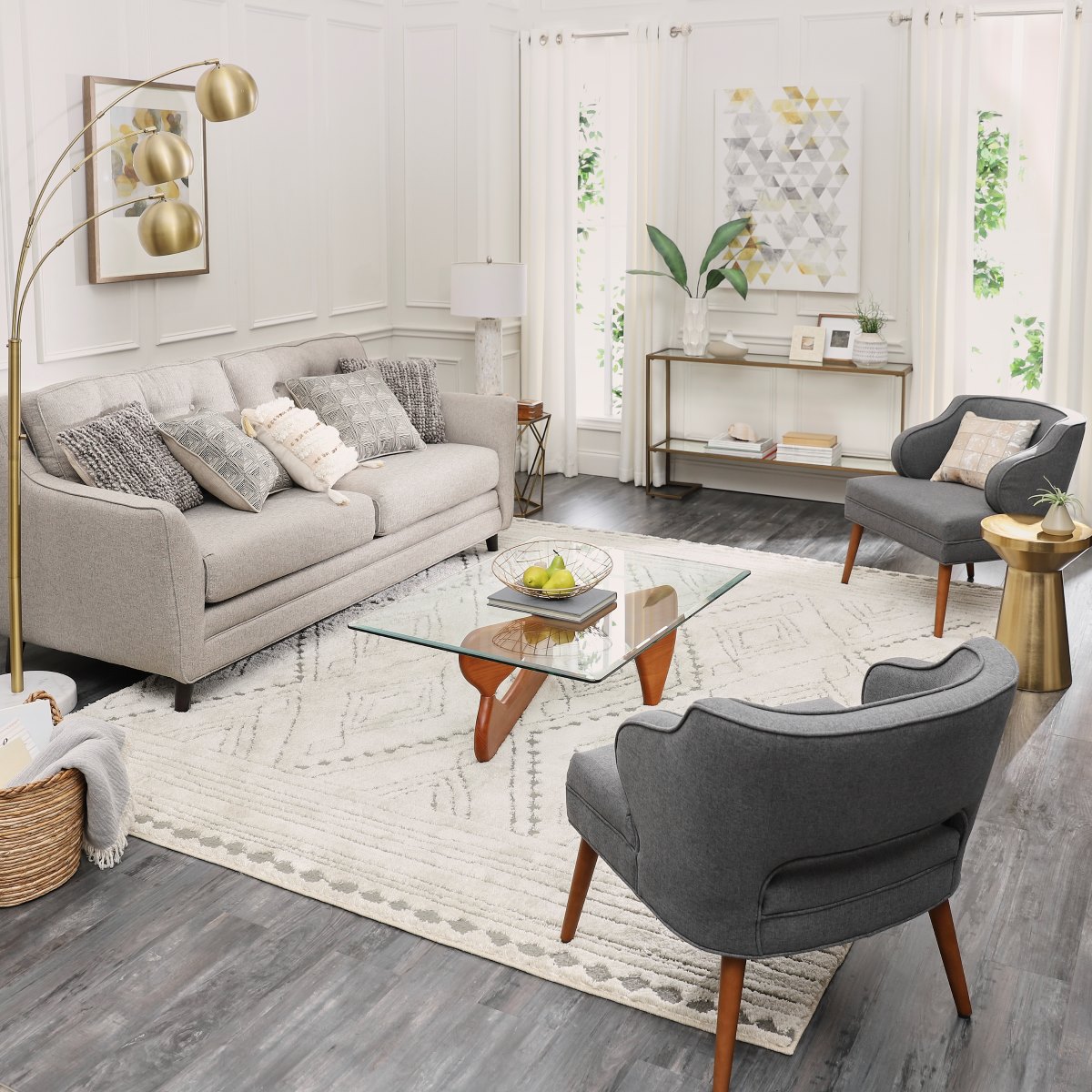
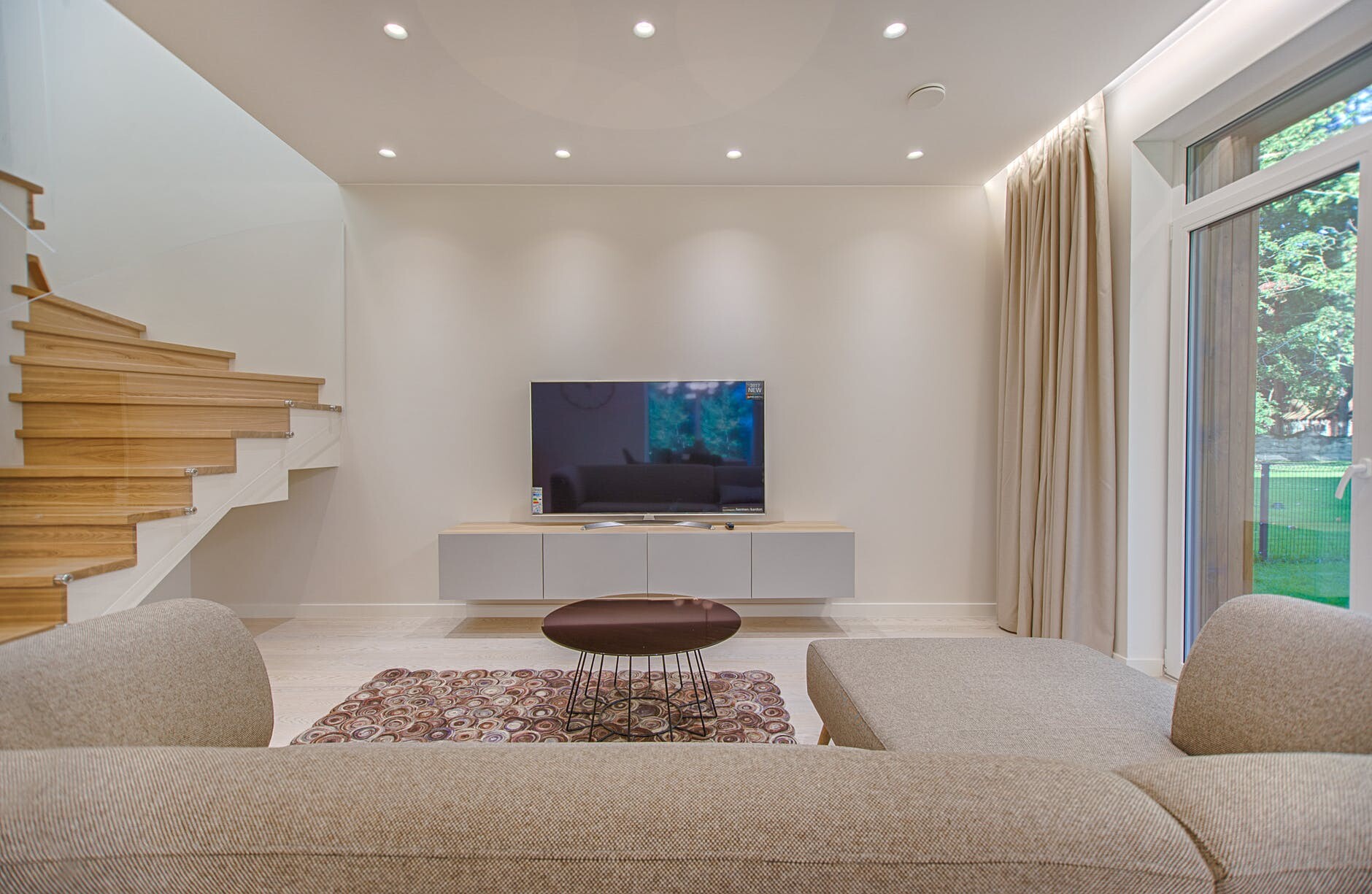

0 thoughts on “How To Place Dining Table In Living Room”